After the excitement of its foldable phones launched late last year, Oppo’s more regular-shaped Reno 11 Pro unveiled yesterday had also been much anticipated.
The new phone looks the part for a flagship device, with a slim profile measuring just 7.66mm at the thinnest end of the phone and 10mm with the camera bump. Weighing 181g, it is a light phone that will not drag down your trousers.
At the front is a 6.7-inch OLED HDR+ display with a dynamic refresh rate of up to 120Hz and a brightness of 950 nits, making it easy to read under the sun at the beach.
The OLED screen is also good for photo and video editing with 100 per cent colour representation of the DCI P3 Gamut. The display curves at the side and is flush with the shiny metal frame, giving the phone the premium feel of a flagship device.
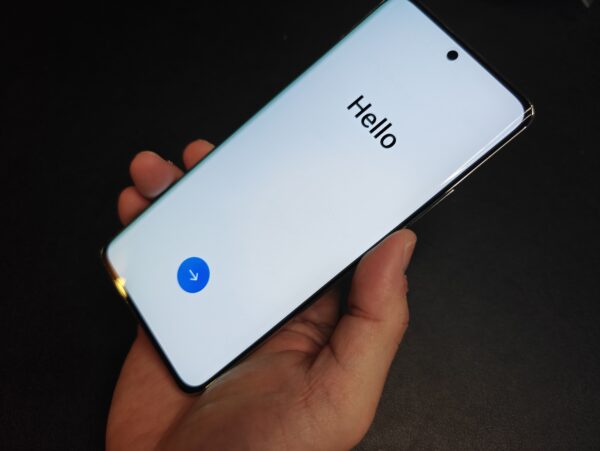
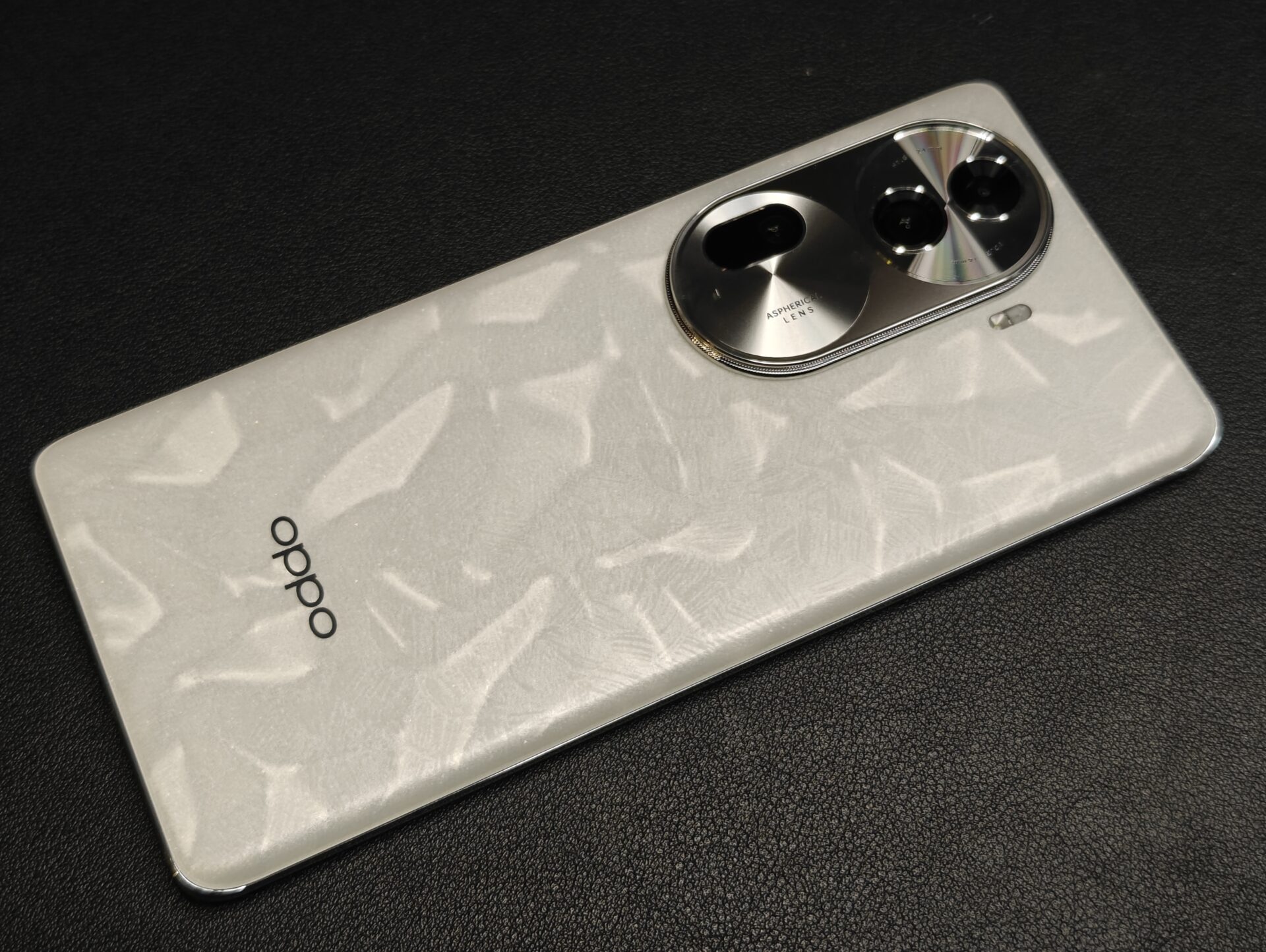

What I love is the matt finish of the phone’s back cover, which makes it easier to hold the device without leaving any traces of fingerprints or greasy feeling after a day’s use. The back reflects light like the inside of an oyster shell, giving it Reno11 Pro’s unique look.
The product’s highlight is the camera system with three sensors of different focal lengths. The primary camera has a 50-megapixel, 1/1.56-inch Sony IMX890 sensor and a 24mm full-frame equivalent f1.8 lens.
The 47mm full-frame equivalent zoom camera has a 32-megapixel, 1/2.74-inch Sony IMX709 sensor and the ultrawide camera comes with a 8-megapixel Sony IMX355 sensor with a 16mm full-frame equivalent lens.
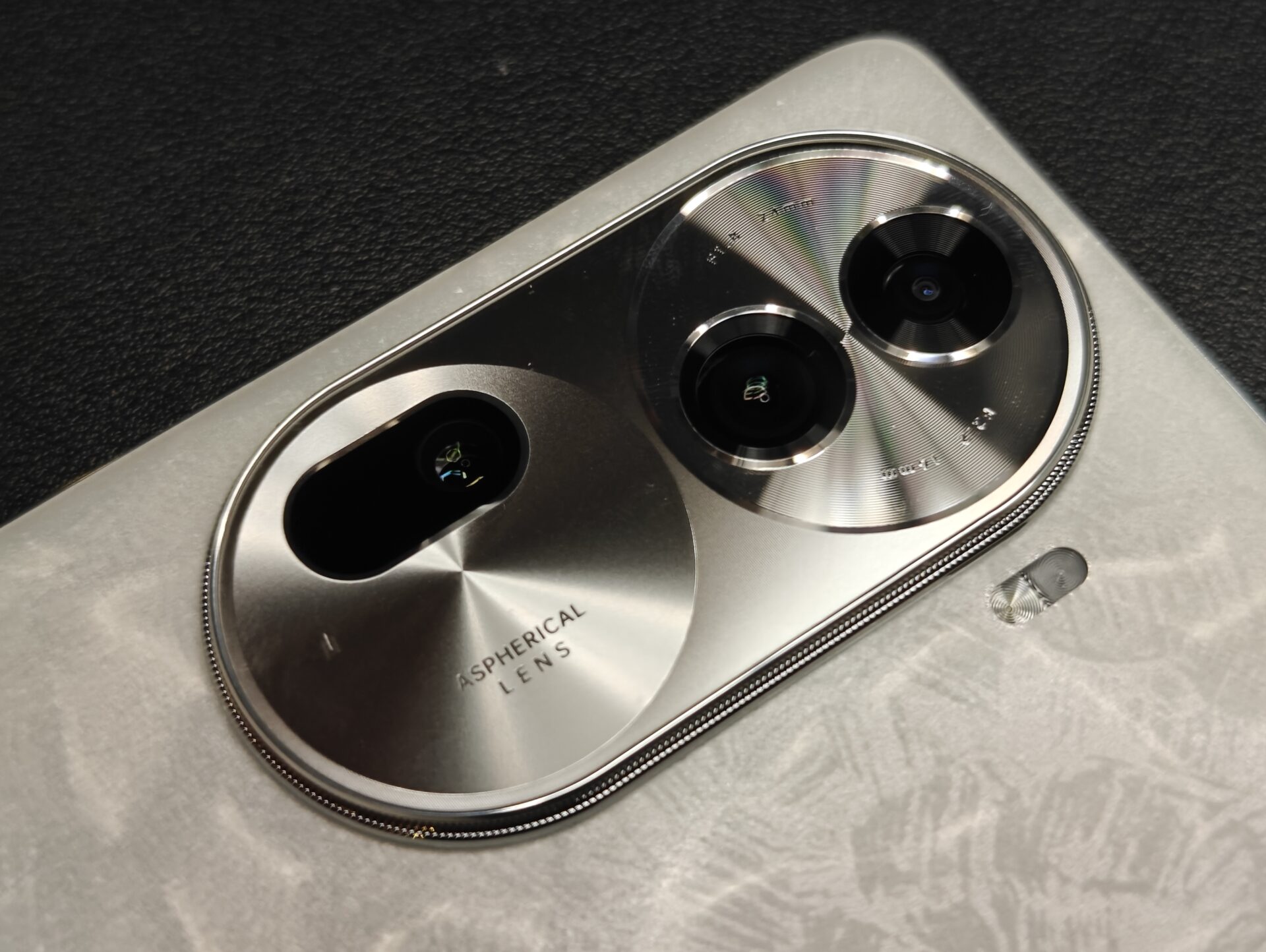





Oppo has included a good 2x zoom camera not only for scouting details in far distances but also to allow a natural-looking bokeh or blur to make a subject stand out from the background.
The 47mm full-frame equivalent zoom lens also mimics how our eyes see so that there is minimal distortion when shooting portraits. This is far better than relying on AI algorithms to improve a picture’s aesthetic quality.
For the selfie camera, the Oppo Reno 11 Pro has a 32-megapixel sensor and a 21mm focal length that is enough for a group of three people, for example.
Even with better subject extraction, colour accuracy with the correct skin tones is also important. Oppo has tweaked the Reno 11 Pro’s image processor to improve portrait-taking by tracking a subject’s face and then ensuring the skin and facial colours look more natural.
If the hardware is not enough, Oppo will utilise image processing to apply AI retouching algorithms to enhance facial features. This will improve key areas like your eyes and lips while retaining colour accuracy.
The Oppo Reno 11 Pro can also record video clips at 4K resolution at 30fps. The bad news is that the camera can only record slow-motion clips at 60 frames per second at only Full HD or lower resolution. Video is certainly not a strong suit of the Reno 11 Pro.
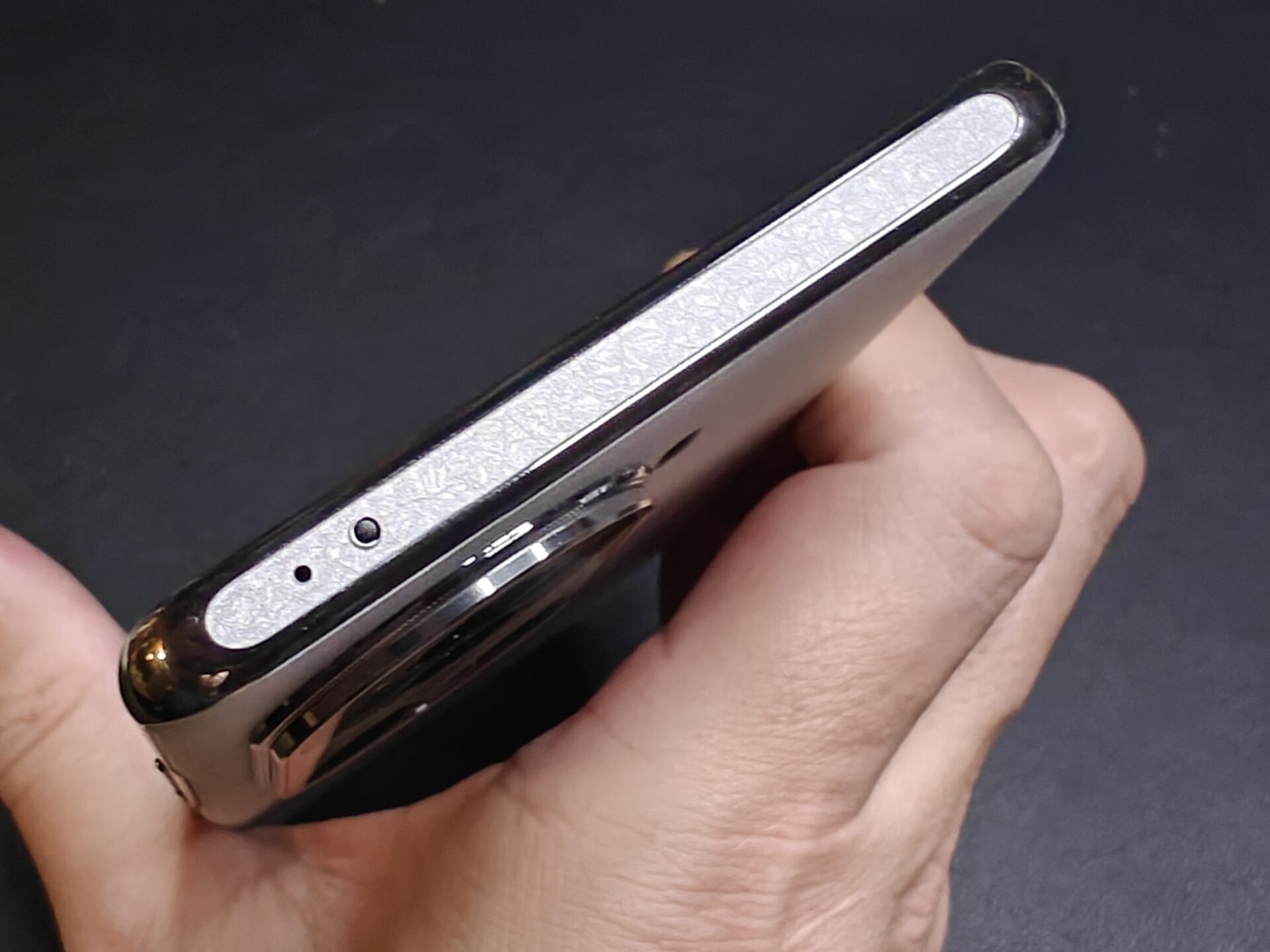
Driving all these camera features is MediaTek’s Dimensity 8200 processor. It uses a modern 4-nanometre manufacturing process though it is not the fastest out there.
That said, it’s no slouch. My casual test during a regional launch in Malaysia this week suggests that the smartphone is quite zippy, including when switching between apps and the camera.
Using a more energy-efficient 4nm chip will also help prolong the smartphone’s usage through a day with the 4,600mAh battery. If there’s a need to recharge it, Oppo’s 80W charger quickly juices up the power pack in less than half an hour.
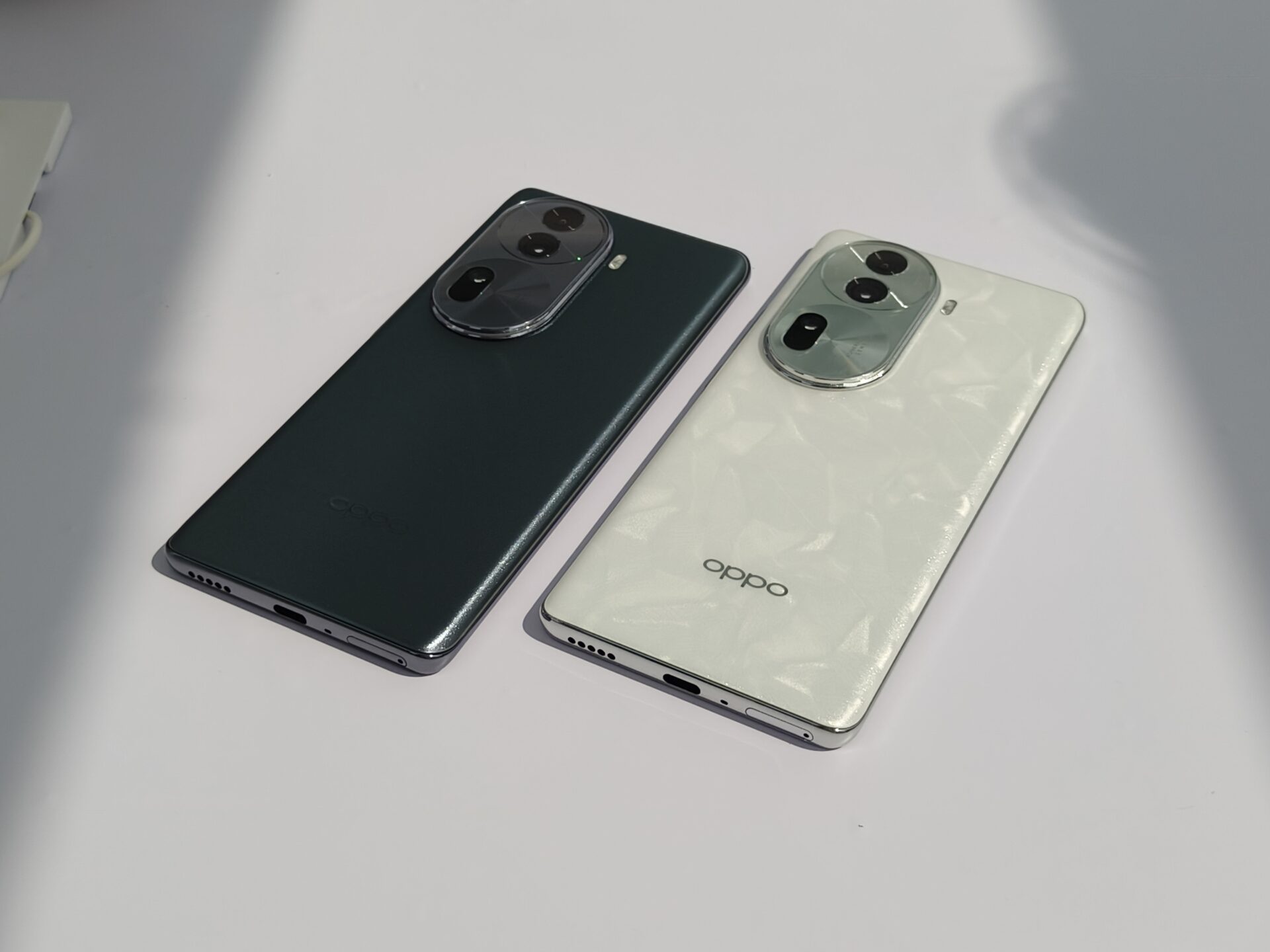
Also included in the new Oppo phone are 12GB of RAM to ensure smooth app switching, as well as an ample 512GB of storage space for any avid content creator.
If the features are not enough, the smartphone even has an infrared blaster so that you can control home appliances in the comfort of your armchair. In other words, the new Oppo phone is feature packed and looks good, at least on first impressions.
Unfortunately, no details are out on the Reno 11 Pro’s availability and price for Singapore at the moment. We will update that when we try out the phone more and work on a more detailed review later.





